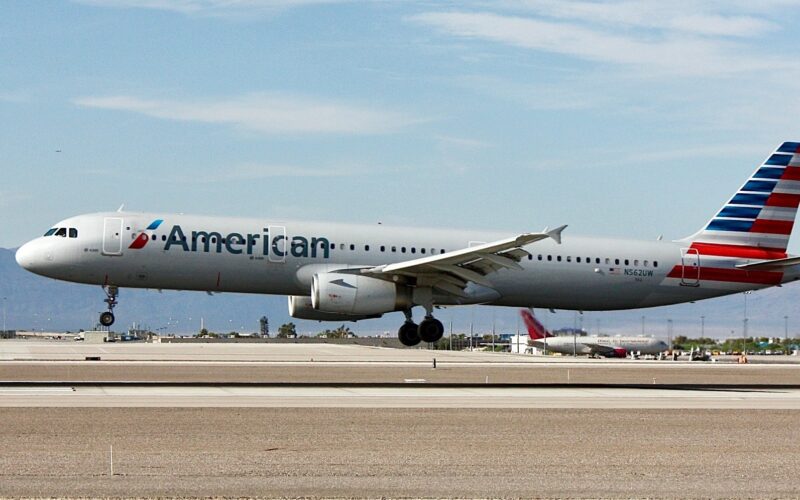The European Union Aviation Safety Agency (EASA) issued a final rule Airworthiness Directive (AD) that addresses a potential condition that could affect the structural integrity of the Airbus A321 fuselage.
The AD, which applies to all Airbus A321 current engine option (ceo) aircraft, was issued on April 5, 2023, and requires a one-time inspection of the aircraft. The directive’s effective date is April 19, 2023.
According to EASA, during the certification process for the Airbus A321XLR, a derivative of the A321 new engine option (neo), “a new stress calculation” was “accomplished in the CWB [Center Wing Box] and slanted junction areas at FR42 [Fuselage Frame 42]”.
The regulator added that further analysis of the stress results “highlighted high fatigue stress in the affected areas where cracks may appear with the current inspection regime,”. If not detected and corrected, the stresses “could affect the structural integrity of the fuselage”, the regulator said.
Addressing the condition, Airbus initially issued an Airbus Alert Operators Transmission (AOT) A57N020-22 in December 2022, providing instructions to operators on how to inspect the A321ceo CWB rear lower spar junction area, as well as the aircraft type’s FR42 slanted beam connection.
According to EASA, the CWB should be inspected using the “rototest and High Frequency Eddy Current inspection methods”, while the fuselage frame should be inspected only using the rototest inspection method.
EASA also noted that inspections must take place before exceeding 31,000 Flight Cycles (FC) since the manufacturing date of the aircraft, or within six months of the effective date of the AD, whichever occurs later. For aircraft that have exceeded 31,000 FC but do not have more than 49,000 FCs, operators will be required to inspect the two areas within six months of the effective date and no later than three months if the aircraft has more than 49,000 FCs since its build date. If an airline’s A321ceo has more than 49,000 FCs, an inspection must be carried out within three months of the effective date of this AD.
To ease the operational burden for airlines, EASA has allowed airlines to operate a single ferry flight that does not exceed 2 FCs to a maintenance location. No commercial passengers are allowed on these flights.
If a crack(s) is found in either the CWB or FR42, operators need to “contact Airbus for approved repair instructions and, within the compliance time specified therein, accomplish those instructions accordingly”. Furthermore, following the one-time inspections, carriers must report the results to Airbus within 90 days, including cases where there is no crack(s).

